Lucky Seven: The project is ten months ahead of schedule and under budget. With the Second Avenue subway progressing in fits and starts, hobbled by community complaints, the new Number 7, which boasts few residential neighbors, looks poised to take the prize as New York’s first new subway station to open in nearly a century.

Detail of the lower mezzanine's arc.
In the early days of 2012, Shawn Kildare gave a tour 130 feet below Eleventh Avenue. Kildare, a senior vice president at the MTA, delivered some good news to the small group gawking at the huge caverns carved for the Number 7 Subway Extension. The project, he said, is ten months ahead of schedule and under budget. With the Second Avenue subway progressing in fits and starts, hobbled by community complaints, the new Number 7, which boasts few residential neighbors, looks poised to take the prize as New York’s first new subway station to open in nearly a century.
The new station, engineered by Parsons Brinkerhoff, will take one of the system’s busiest train lines from its westernmost terminus at Times Square, to Eleventh Avenue and 34th Street—and perhaps, one day, to New Jersey. The extension may prove a viable alternative to the regional tunnel that New Jersey governor Chris Christie squashed in 2010. As currently planned, the new station will serve the mass-transit-challenged Javits Center and Related Hudson Yards project, to say nothing of Brookfield Properties’ Manhattan West proposal. It will accommodate 25,000 commuters per hour, and an additional six trains added to the line will find room to park and/or maneuver on extra tracks positioned just north and south of the new subway platform.


Kildare noted that this was the first time that a tunnel-boring machine set the precast concrete arch segments into a “mixed-face condition,” where rock and soil meet. “A tunnel-boring machine is just like any other drill,” said Kildare. “If you take a drill and you have wood on one side and steel on the other, the drill is going to try to run toward the wood, the path of least resistance.” Similarly, a boring machine will try to grind away from rock and toward soil, which will create water infiltration. In this project, the boring machine drilled through rock and frozen soil. Just behind the drill, the machine placed the five precast segments into position and workers immediately pumped concrete grout between the panels and the rock or soil.
Along Eleventh Avenue the tunnel dodged Amtrak and Lincoln Tunnel tubes before curving east to meet the existing Number 7 tracks. This meant digging beside the Port Authority Bus Terminal while passengers disembarked 20 feet away. A few blocks west, the sandhogs borrowed beneath the Times Square/Eighth Avenue pedestrian passageway while commuters crisscrossed overhead.

Rendering of the column free platform.
Currently, the smoothly finished raw concrete and large arc of the mezzanine level recalls London’s Tube or Washington, D.C.’s Metro. But the finished design blunts the curve with a drop ceiling to accommodate current safety codes requiring substantial ventilation and exhaust ducts. “When you see a diagram of the cavern and the final station, something like 30 percent of the actual cross section will be used for exhaust and supply ventilation,” said Dattner.
While the entrance level will feature installations recessed into the ceilings by artist Xenobia Bailey, much of the design remains clean, bright, and utilitarian with clearly defined circulation. But for now, in its unaltered concrete state, the station appears as an unadorned and impressive subterranean feat, like an elegant cistern without water.

Rendering of Upper mezzanine which will feature ceiling artwork


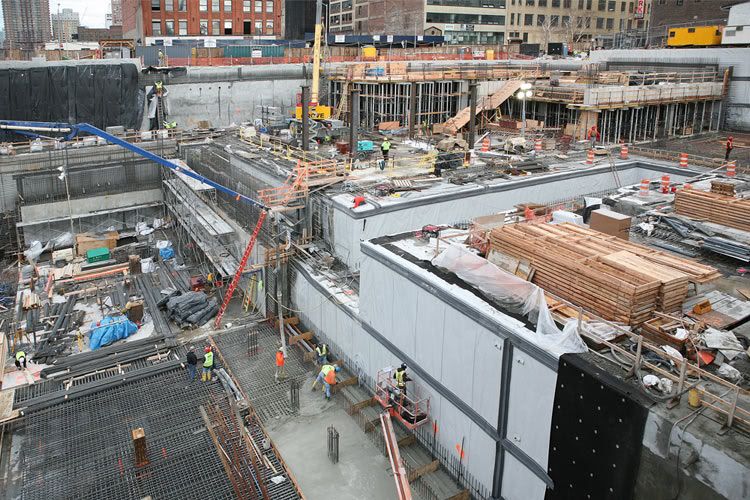
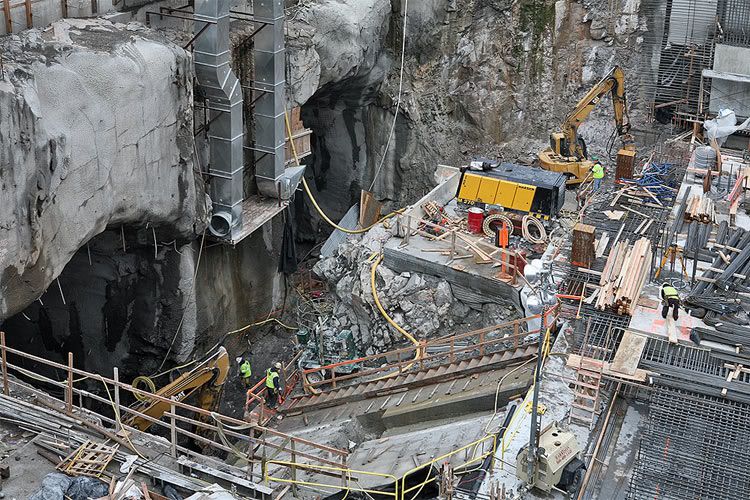
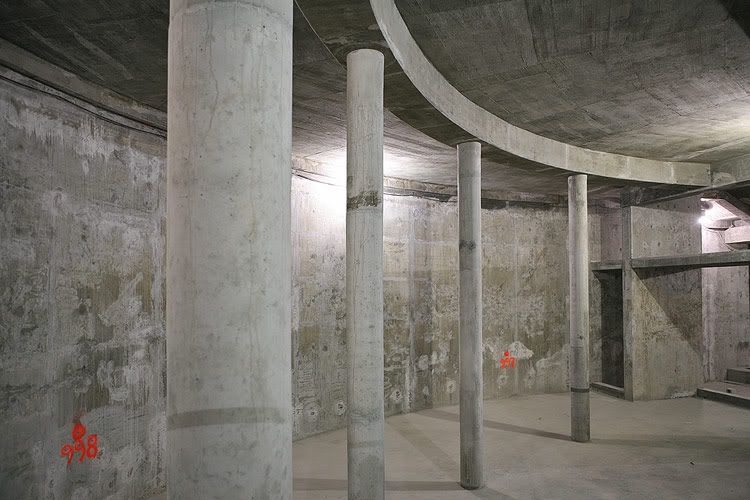
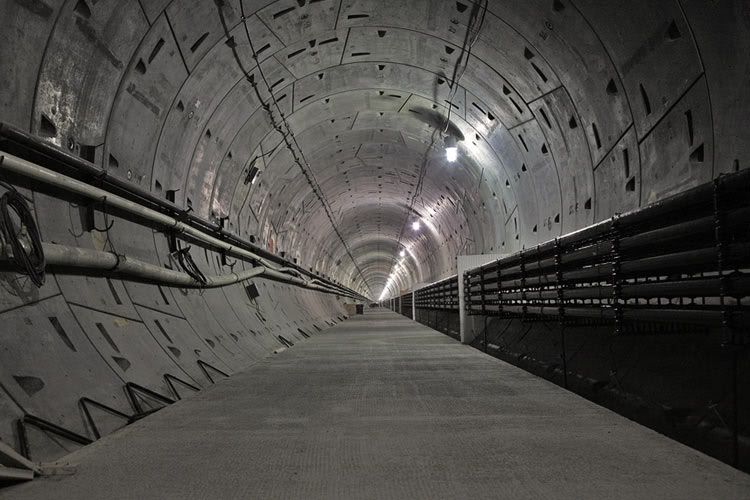
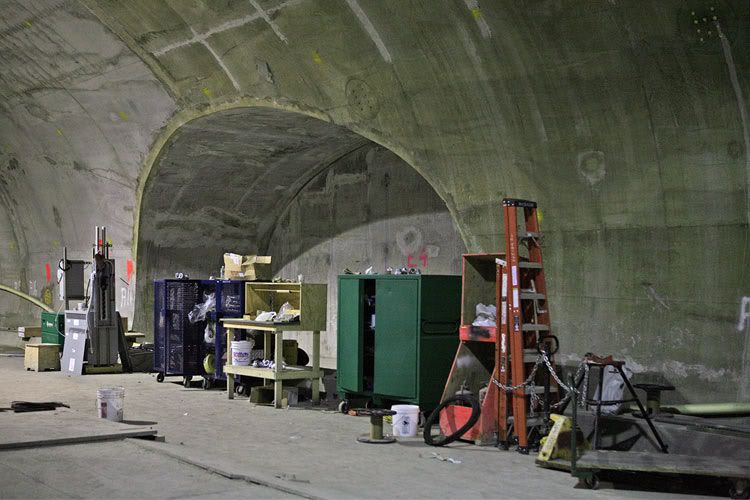
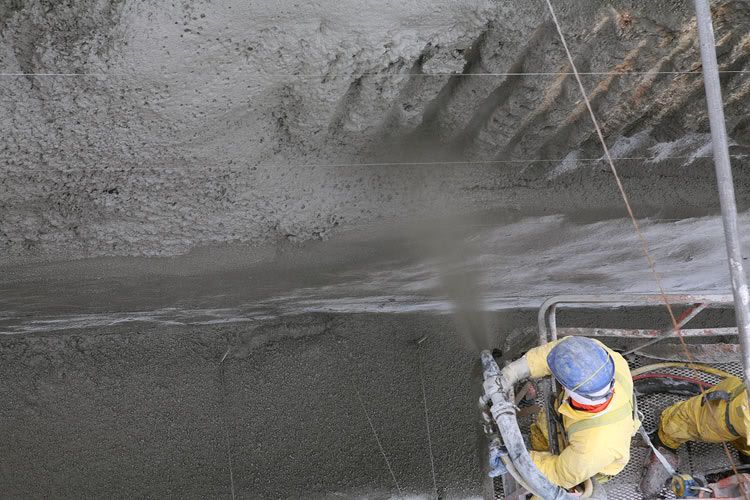
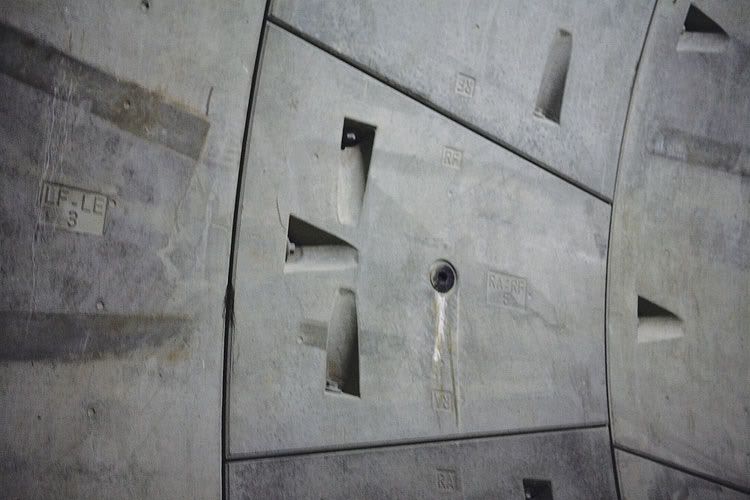
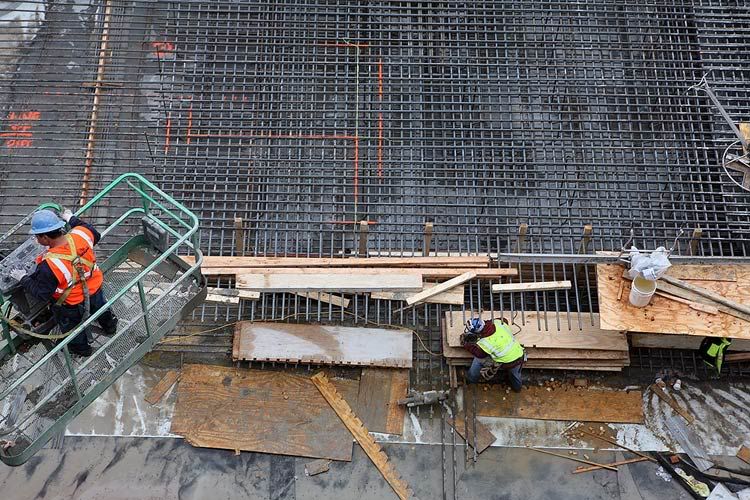
No comments:
Post a Comment